Trivex vs Polycarbonate Lenses
Should I get Trivex or polycarbonate? | What are polycarbonate lenses? | Do polycarbonate lenses block UV? | How to clean polycarbonate lenses | What are trivex lenses? | Are Trivex lenses worth it? How thick are trivex lenses? | Are Trivex lenses better than polycarbonate?
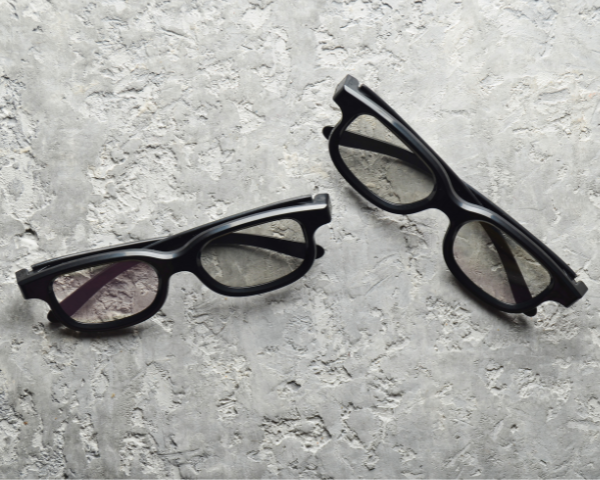
Even more than the frame or design, the lenses you choose have a big influence on how happy you are with your glasses.
When buying glasses, one of the most common mistakes people make is not giving enough thought to the lens materials, designs, and lens coatings. Your lens choice impacts your comfort, vision, and safety, as well as appearance.
Should I get trivex or polycarbonate?
Buying prescription glasses is a difficult task. With so many lens material options and coatings, it’s easy to become overwhelmed about which ones are best for you. This article will give you insight into different types of lenses and help you to choose the best lenses for your needs.
Trivex vs Polycarbonate: Let’s look at the difference between the two lens materials
What are polycarbonate lenses?
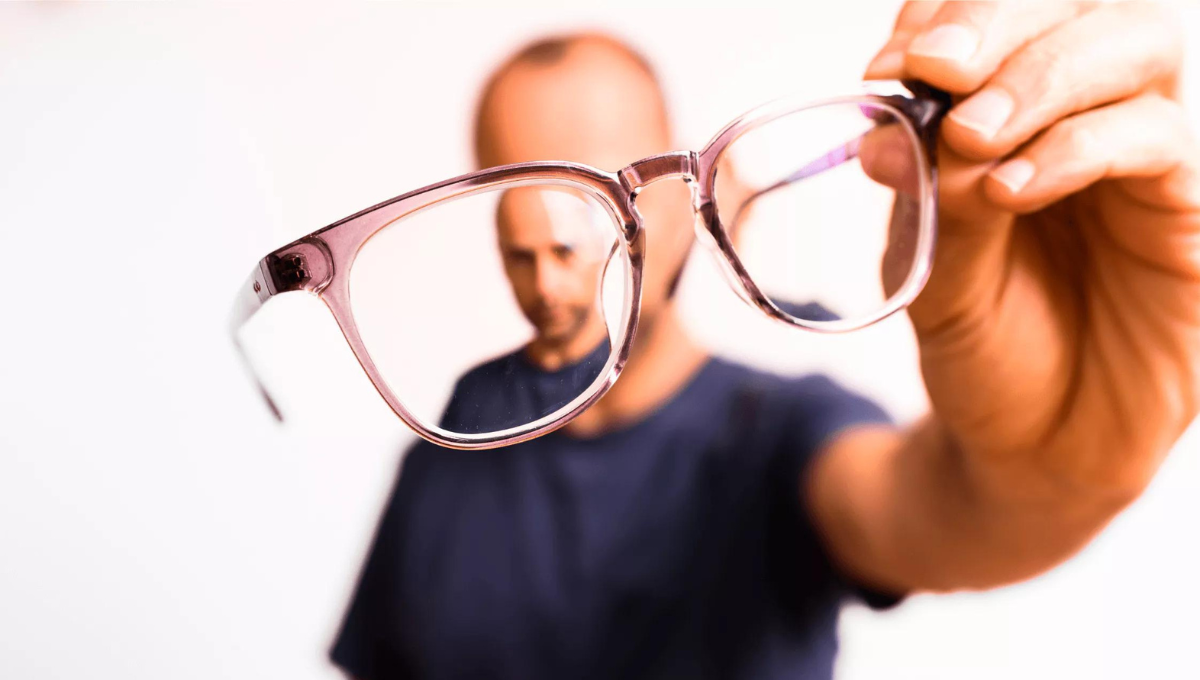
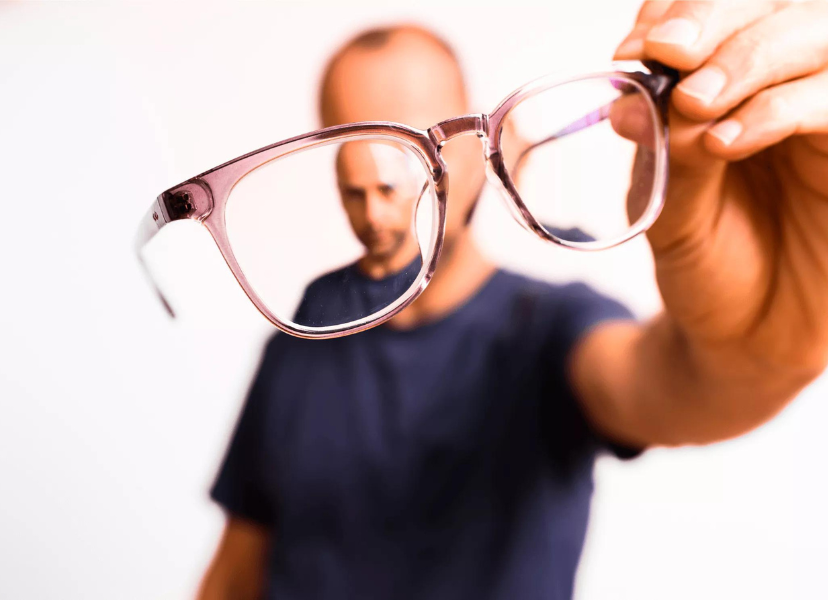
DID YOU KNOW?
You can rest assured that Trivex lenses are tough. Trivex was originally designed for military use, specifically in the windshields of helicopters and fighter jets!
Polycarbonate first appeared in the 1950s, but it wasn’t until the 1980s that companies first started to use it as an alternative to glass lenses.
Polycarbonate pellets are heated to their melting point and inserted into lens molds, while normal plastic lenses are manufactured using cast molding. This alternative production method strengthens and improves the impact resistance of polycarbonate.
Therefore, polycarbonate lenses are made of a more impact-resistant plastic than regular plastic lenses. This material lenses are also significantly thinner and lighter than glass lenses. These qualities make it the best material for kid’s glasses, sports glasses, and safety glasses.
There are both advantages and fallbacks of polycarbonate lenses that are important to consider. Polycarbonate is more scratch resistant than plastic, but less than trivex lenses. However, this can be mitigated if you apply a scratch-resistant coating to the lenses.
The abbe value of a lens material correlates to the quality of vision through the lens. Due to the fact that polycarbonate lenses have a low abbe value, certain people with higher prescriptions and high astigmatism frequently complain that the lenses have poor optical clarity, distortion, or disrupt their peripheral vision.
Do polycarbonate lenses block UV?
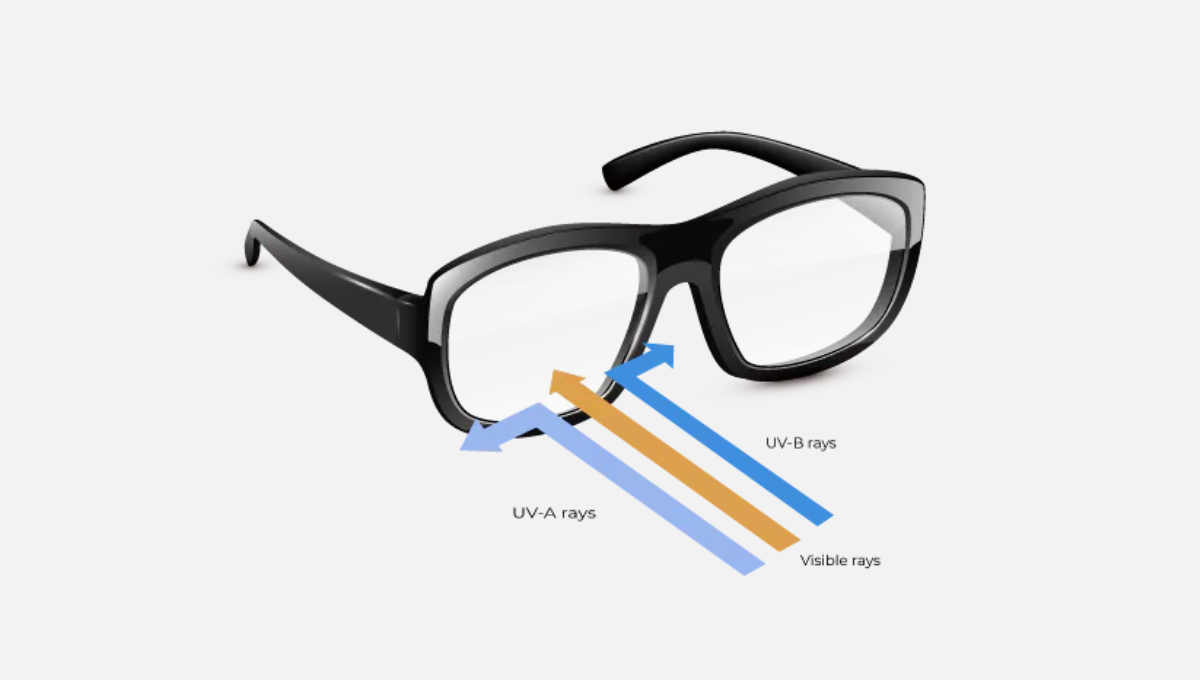
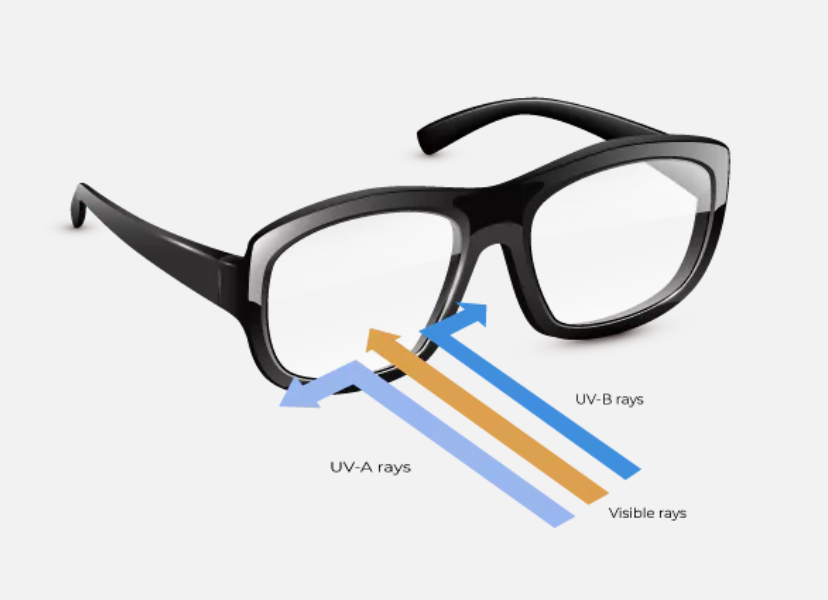
Polycarbonate lenses block nearly the entire UV spectrum, including UVA and UVB. UV radiation is absorbed by the material, which prevents it from passing through. It is so effective, that even a small layer of the material can effectively absorb UV rays. This shields the skin and eyes significantly better than any sun lotion could.
In addition, polycarbonate lenses transmit visible light, the part of the spectrum that allows us to perceive color. Despite the fact that you may have to consider scratch-resistant coatings for polycarbonate lenses, an extra lens treatment for UV protection is not required.
How to clean polycarbonate lenses
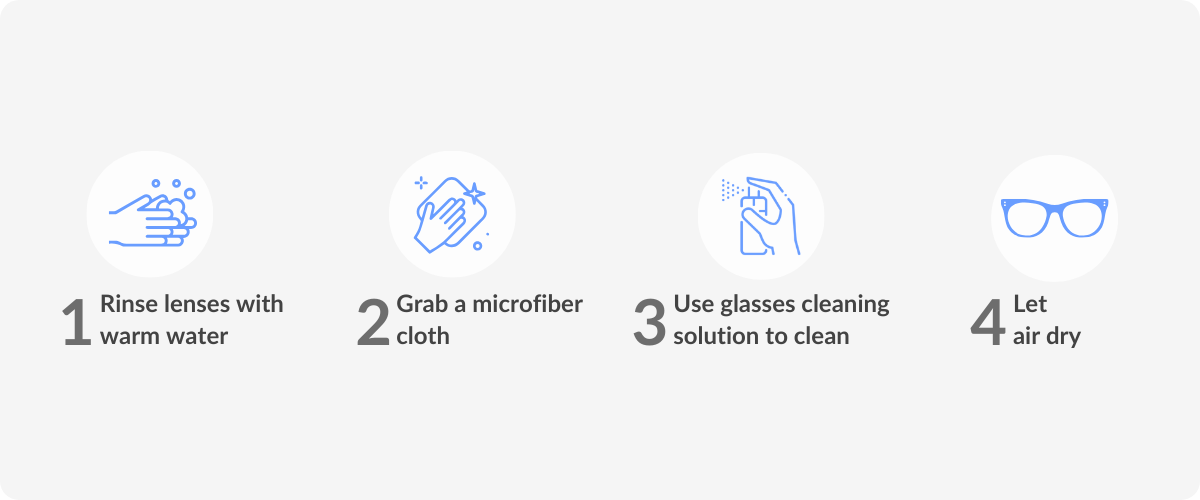
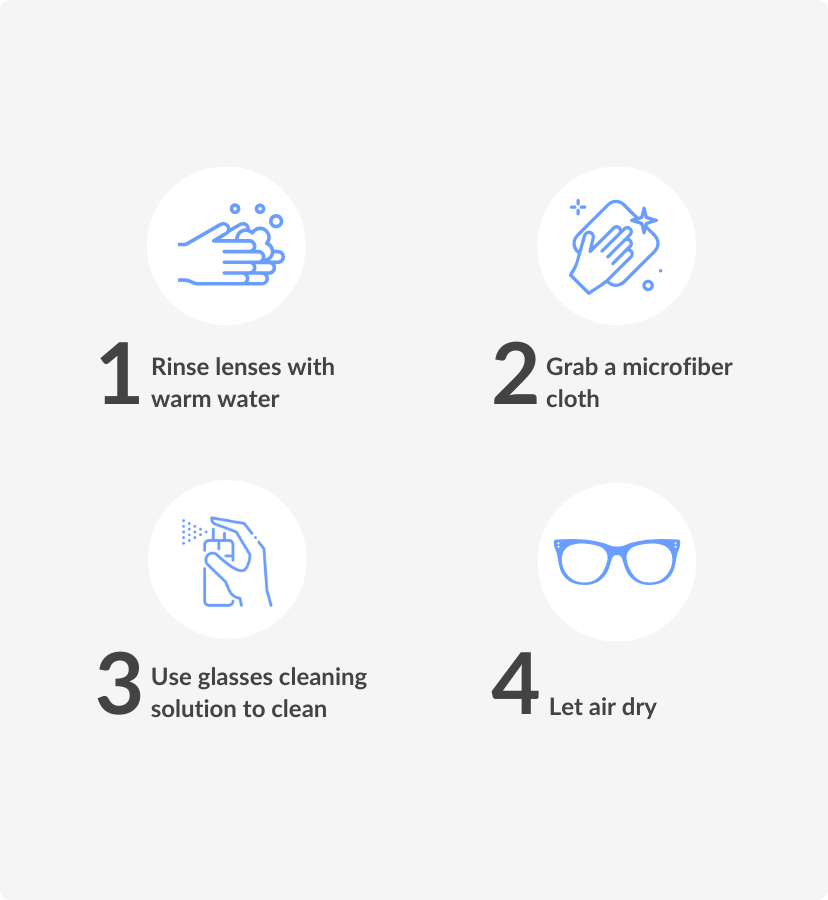
If you wear glasses, you know how aggravating it is to have dirt or grit on your lenses. In addition to being annoying, it can also cause eye strain and headaches.
Make sure to keep your lenses clean for optimal optical clarity, whatever lens option you opt for. When cleaning your polycarbonate lenses, you should always take care. Here are some great tips to take the best care of your lenses.
Before rubbing your lenses, gently rinse them with warm water to remove any dust or debris that could scratch them. If you live somewhere with hard water, use distilled water instead of tap water.
A microfiber cloth is the safest and most effective way to clean your glasses without creating stains or damage. Don’t be tempted to use your sleeve or the edge of your shirt!
It’s preferable to use a glasses cleaning solution or spray safe for polycarbonate and lens coatings. You can alternatively use lotion-free dish soap.
Shake off any excess water droplets from your glasses. Dry them using an air canister to avoid streaks and watermarks.
Now that you know more about polycarbonate lenses, let’s take a look at trivex lenses.
What are trivex lenses?
Trivex is a type of durable, lightweight plastic that has hit the market in recent years. While polycarbonate has been the industry standard for safety glasses, sports goggles, and children’s glasses for many years, many optometrists now recommend trivex lenses as an alternative.
While trivex is comparable to polycarbonate, it has a few key differences. Trivex was initially designed for military use in helicopter and fighter aircraft windows. The material’s chemistry was tailored for use in optical lenses in 2002, making trivex lenses one of the most durable and desirable lenses on the market.
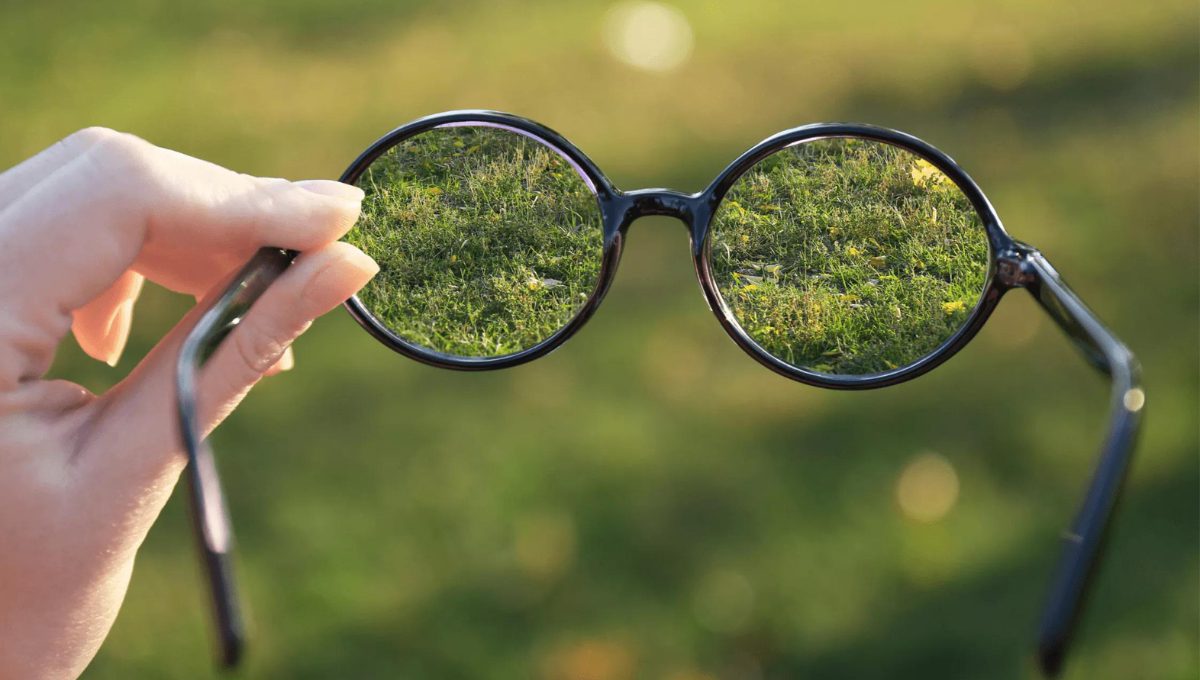
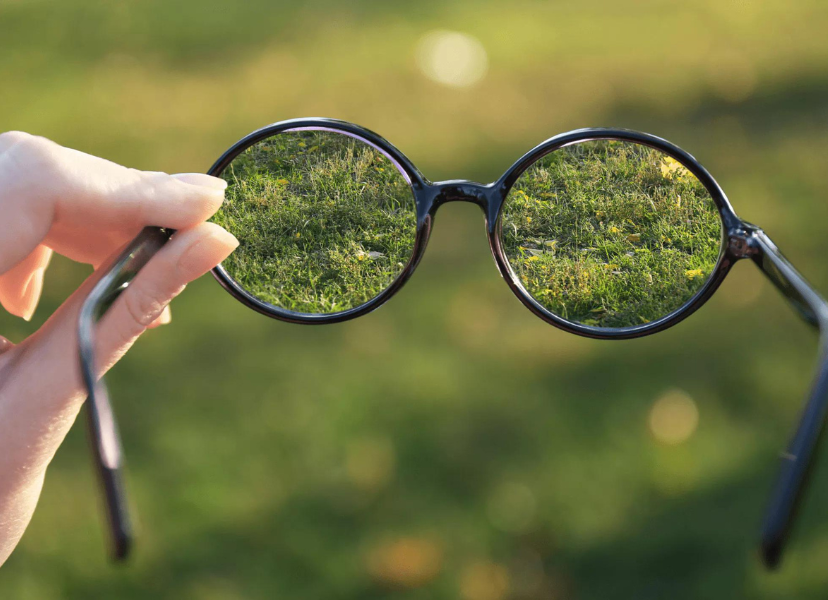
Are trivex lenses worth it?
To put it simply, trivex lenses are more comfortable than other plastic glasses lens materials, which is one of the most significant advantages. Trivex lenses are thinner than ordinary plastic lenses, with a 1.53 index.
They are also made from a lighter material than plastic lenses, so you won’t notice the weight of your lenses as you go about your day. Additionally, lightweight lenses are more comfortable and prevent the glasses from sliding down your nose or falling off your face.
Similar to a polycarbonate lens, trivex lenses provide full UV protection. UV protection is built into the material of trivex lenses, which means the protection will not degrade over time. The UV protection only degrades if it is applied to the lens through a coating, which is not the case with trivex lenses.
A lot of people wonder, “Does Trivex scratch easily?”. Although trivex is clearer and lighter than polycarbonate, it’s just as tough. Trivex lenses have strong impact resistance and robustness, which makes them durable and resistant to cracks and breaks. These characteristics are ideal for designs such as rimless glasses.
Trivex lenses have a higher Abbe value of 45, whereas polycarbonate lenses have an Abbe value of 30. This means that trivex will give you exceptionally clear vision thanks to their higher abbe value.

When you choose trivex lenses, you don’t have to compromise in terms of core features, but they may be more costly. Although they are more expensive than polycarbonate lenses, they are considered the ideal lens by many eye care specialists.
How thick are trivex lenses?
Unlike lenses made from standard plastic, which tend to be around 2mm thick, trivex lenses are around 1.2mm. Since polycarbonate has a greater refraction index than trivex (1.58 vs. 1.53), polycarbonate lenses are around 10% thinner. However, they are both excellent choices for thin lenses.
Are trivex lenses better than polycarbonate?
Finding the best lens material for you depends on your needs and lifestyle. You can use this guide to decide if polycarbonate is the right match for your lenses, or if you want to spend the extra money on trivex lenses.
While we do not currently stock polycarbonate or trivex lenses, you can find a range of excellent lens choices for prescription eyeglasses when purchasing online with us.
Still unsure and need more information to make your lens material choice? Our optician is always available to help!
Related articles
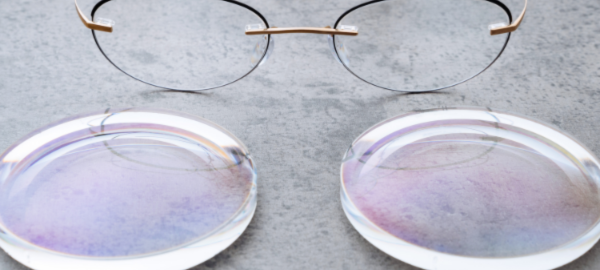
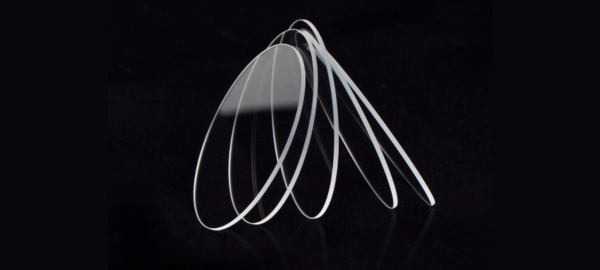
Related articles










































